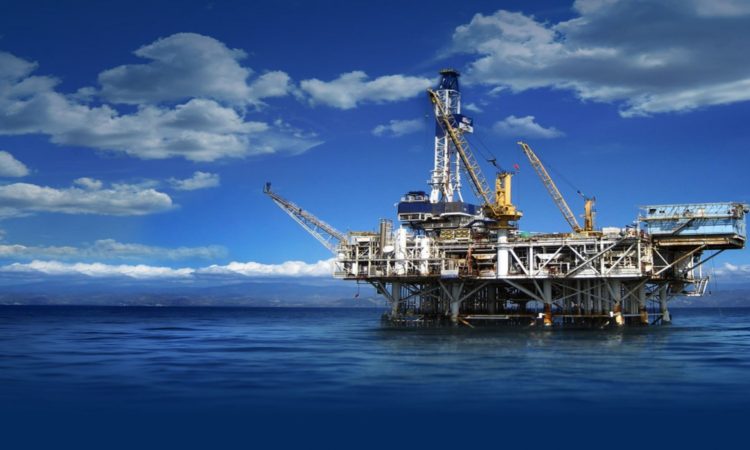How Roar Solutions can Save You Time, Stress, and Money.
How Roar Solutions can Save You Time, Stress, and Money.
Blog Article
Indicators on Roar Solutions You Should Know
Table of ContentsRoar Solutions Fundamentals ExplainedThe Basic Principles Of Roar Solutions Roar Solutions Things To Know Before You Get This
In order to secure setups from a prospective surge a technique of evaluating and identifying a potentially hazardous area is called for. The function of this is to make sure the proper option and setup of tools to ultimately protect against an explosion and to guarantee safety of life.
(https://padlet.com/thomascarrillo4740/roar-training-solutions-jrrziydpbb7m3xsa)
No equipment ought to be installed where the surface temperature of the equipment is higher than the ignition temperature level of the given hazard. Below are some typical dust dangerous and their minimum ignition temperature. Coal Dirt 380C 225C Polythene 420C (thaws) Methyl Cellulose 420C 320C Starch 460C 435C Flour 490C 340C Sugar 490C 460C Grain Dirt 510C 300C Phenolic Material 530C > 450C Aluminium 590C > 450C PVC 700C > 450C Residue 810C 570C The probability of the danger existing in a concentration high enough to cause an ignition will vary from area to place.
In order to categorize this risk an installment is divided right into locations of threat relying on the quantity of time the hazardous exists. These areas are referred to as Zones. For gases and vapours and dusts and fibres there are 3 zones. Area 0 Zone 20 A hazardous atmosphere is highly most likely to be existing and might be existing for extended periods of time (> 1000 hours each year) and even constantly Zone 1 Area 21 A dangerous ambience is feasible yet unlikely to be present for extended periods of time (> 10 450 C [842 F] A classification of T6 suggests the minimal ignition temperature level is > 85 C [185 F] Harmful location electrical equipment possibly made for use in higher ambient temperatures. This would certainly showed on the rating plate e.g. EExe II C T3 Ta + 60C( This suggests at 60C ambient T3 will not be surpassed) T1 T1, T2, T3, T4, T5, T6 T2 T2, T3, T4, T5, T6 T3 T3, T4, T5, T6 T4 T4, T5, T6 T5 T5, T6 T6 T6 A T Class rating of T1 indicates the maximum surface temperature generated by the tool at 40 C is 450 C. Presuming the linked T Course and Temperature score for the equipment are proper for the area, you can always use a tool with a much more strict Division ranking than needed for the location. There isn't a clear answer to this inquiry. It actually does depend upon the type of equipment and what repair work require to be executed. Devices with details examination treatments that can't be executed in the field in order to achieve/maintain third party rating. Should return to the factory if it is before the devices's service. Field Repair By Authorised Personnel: Challenging screening might not be needed nonetheless details treatments might need to be followed in order for the devices to preserve its 3rd party rating. Authorised employees have to be utilized to execute the job correctly Fixing have to be a like for like replacement. New part should be considered as a straight replacement needing no unique testing of the devices after the repair work is full. Each item of equipment with a harmful ranking should be assessed individually. These are detailed at a high level below, however, for even more comprehensive info, please refer directly to the guidelines.
Roar Solutions - The Facts
The tools register is an extensive database of devices records that consists of a minimum collection of areas to identify each item's area, technical specifications, Ex category, age, and ecological data. The proportion of Comprehensive to Close assessments will be identified by the Equipment Threat, which is evaluated based on ignition risk (the chance of a source of ignition versus the likelihood of a combustible ambience )and the harmful location classification
( Zone 0, 1, or 2). Executing a durable Risk-Based Examination( RBI )approach is critical for guaranteeing conformity and safety and security in managing Electrical Equipment in check that Hazardous Locations( EEHA).
Roar Solutions Can Be Fun For Everyone

In regards to eruptive danger, an unsafe location is a setting in which an explosive ambience exists (or may be anticipated to be existing) in amounts that require unique preventative measures for the construction, setup and usage of equipment. eeha certificate. In this short article we check out the difficulties faced in the work environment, the danger control steps, and the required proficiencies to work safely
It issues of modern life that we make, keep or take care of a variety of gases or liquids that are deemed flammable, and a variety of dirts that are regarded flammable. These materials can, in certain conditions, form eruptive ambiences and these can have major and heartbreaking effects. A lot of us are acquainted with the fire triangle get rid of any among the 3 elements and the fire can not take place, yet what does this mean in the context of hazardous locations? When damaging this down into its simplest terms it is essentially: a combination of a certain quantity of release or leak of a particular substance or product, combining with ambient oxygen, and the visibility of a source of ignition.
In many circumstances, we can do little regarding the degrees of oxygen in the air, yet we can have considerable influence on resources of ignition, for example electric equipment. Unsafe areas are documented on the unsafe area classification drawing and are recognized on-site by the triangular "EX-SPOUSE" indicator. Right here, among other essential details, areas are divided right into 3 types relying on the hazard, the possibility and duration that an eruptive atmosphere will exist; Zone 0 or 20 is regarded one of the most harmful and Zone 2 or 22 is considered the least.
Report this page